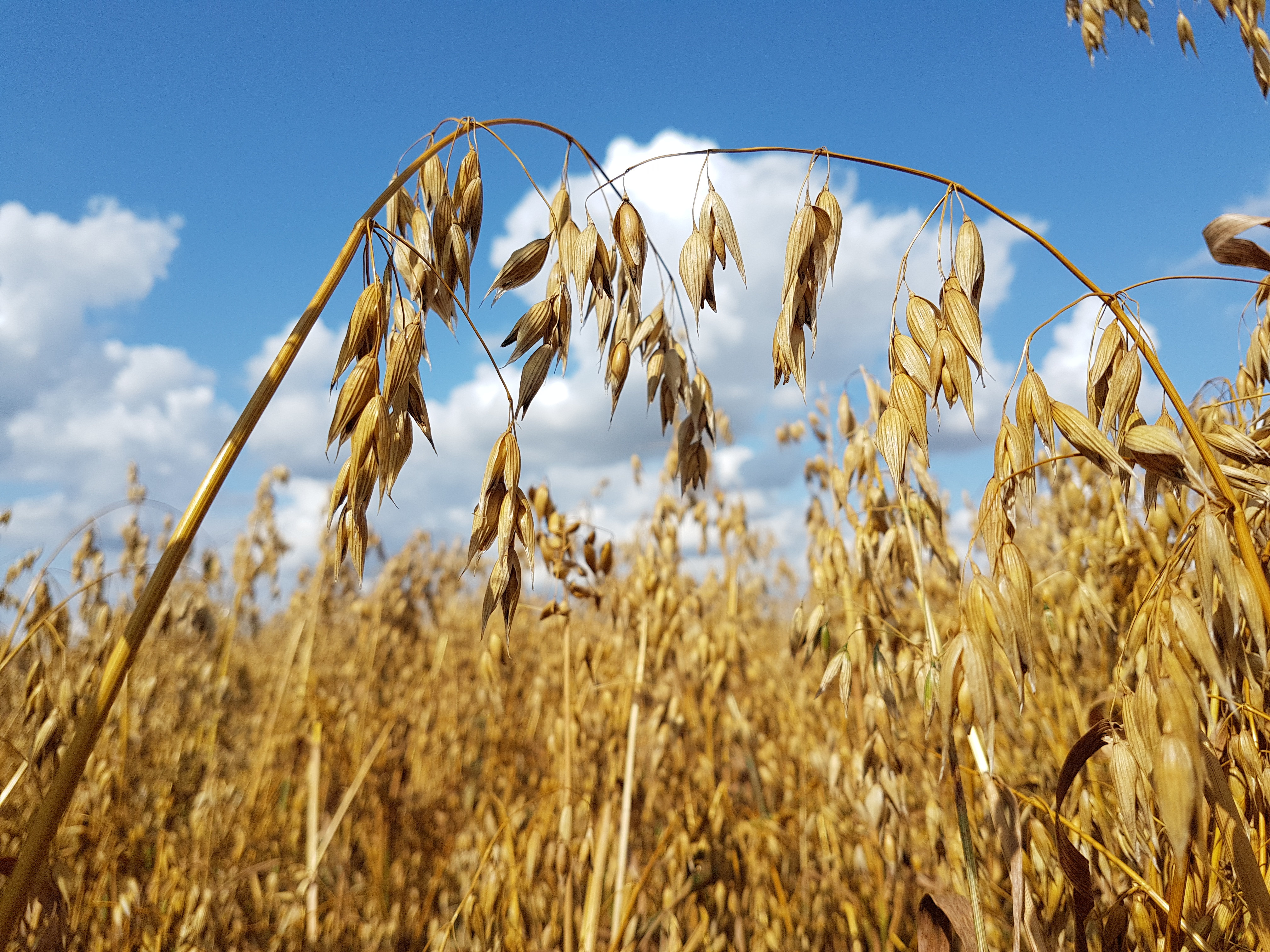Project objectives To quantify the impact of contrasting cover crop mixes and destruction techniques on over winter nitrate leaching, soil nitrogen supply (and hence crop nitrogen fertiliser requirements) and performance of the following cash crop. In particular to determine the: effect of cover crop species mix on the quantity and timing of nitrogen returned to the soil effect of cover crop destruction method e.g. glyphosate & min till/direct drill vs mechanical destruction & min till/direct drill To determine the timing of nitrogen release from cover crops and potential legacy (year 2) effects on nitrate leaching and crop performance

Oats (Avena sativa) is a cereal grown for human and animal consumption. In the UK, both winter and spring varieties are available. In 2021, ~210,000 ha of oats were grown in GB.
Recommended Content
Content below is from across the PEP community and is not necessarily endorsed by Stewards or by PEP
Connected Content
The AHDB Recommended Lists for cereals and oilseeds (RL) publications and resources provide information on yield and quality performance, agronomic features and market options to assist with variety selection. The RL is updated annually with the latest update for 2024/25 being published on 27th November 2023. The latest lists can be accessed online here.
We farm 280 hectares of organic arable land in North Northumberland. We grow wheat, barley, oats, beans & clover. As a seed merchant, Smales Organic Seeds, we process a lot of our crops to sell as seed. We rent out the clover leys to a local sheep farmer. We have grown spring beans for a long time. Beans are an important part of our rotation but this year is the first year that we have grown winter beans.
The AHDB Recommended Lists for cereals and oilseeds (RL) publications and resources provide infor
The Oat Growth Guide outlines growth and development benchmarks for spring and winter oats crops.
As grass-weed herbicide options in oats are limited, it is especially important to use integrated pest management (IPM). Organic systems, with their focus on cultural control – use of rotation, stale seedbeds and mechanical weeding – provide valuable lessons for control in conventional crops.
At Woodend Farm, we are conducting an innovative trial focused on over-sowing white clover into spring and winter beans and spring oats using the Skippy Scout drone. The objective is to establish an understorey of white clover that will enhance nitrogen sequestration, yield, and quality in subsequent winter wheat crops.
PGRO Chief Executive Roger Vickers talks us through one of PGRO's intercropping trial plots.



